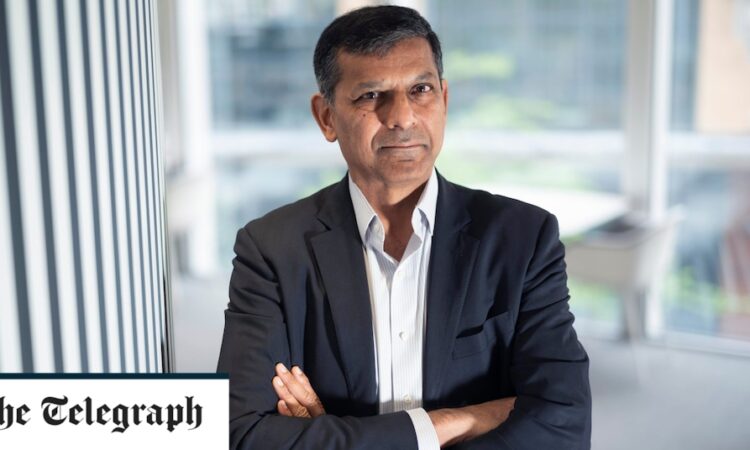
“So there are losses from long term loans, but there’s also the commercial real estate losses to buildings to office buildings, which nobody wants to come into nowadays,” he added.
“So rents are going to fall. Valuations are gonna fall for those buildings. So I’m not saying there’s a huge crisis on the way, but I’m saying there’s enough to be concerned about.”
The 60 year-old, who was one of the few economists who correctly predicted the 2008 financial crisis, said a decade of benign inflation combined with low interest rates had led policymakers and some economists to falsely believe they could “stimulate to high heaven” during the pandemic without pushing up prices.
He said attempts by policymakers in the UK, US, eurozone and Japan to “goose up” inflation had created an environment where “borrowing was very easy”, leading some to believe there was “no cost to spending”, which had spurred the rise of populist theories including modern monetary theory. “And politicians love that,” he added.
Flooding the world with trillions of pounds of cash led banks to “eat up that liquidity” by issuing riskier lines of credit, Mr Rajan said. Higher interest rates meant cheap money was now starting to evaporate, which would spell trouble for both banks and businesses.
Now a professor of finance at the Booth School of Business at the University of Chicago, the economist said central banks were in danger of doing more harm than good because they were trying to “do too much”. Mr Rajan, who has himself been described as a “rockstar” central banker, said the public had come to expect policymakers to keep rates low to support economic growth.
“My prescription has always been ‘don’t try to do too much’. Don’t think you have these magnificent weapons which will deal with all problems. And don’t think that you can solve every one of society’s problems,” he said. “Because the more you claim to be superhuman, the more people will expect. And the harder the fall will be when they find out you really can’t fix them.”






